Table of Contents
ToggleConverting 1500W Metal Halide to LED
Converting your 1500-watt metal halide (MH) lights to LED is an essential step in modernizing your lighting system. This guide will provide detailed information on the conversion process, covering crucial aspects such as lumen output, equivalent wattage, the importance of removing the MH ballast, and practical applications of LED replacements. Additionally, you will gain insights into the pros and cons of making this switch, helping you determine the best time for the conversion.
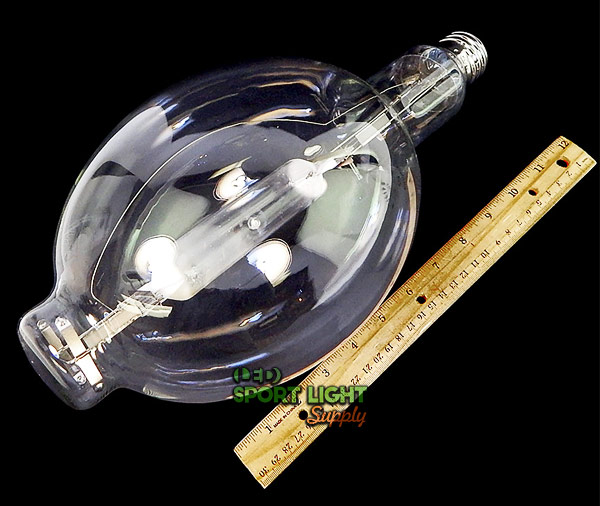
Understanding Lumens in a 1500-Watt Metal Halide
Before diving into the conversion process, it’s important to understand the concept of lumens, which measure light intensity, also known as luminous flux or brightness. A lumen quantifies the total amount of radiation emitted per unit of time by a light source. The lumen value is crucial in ensuring that your LED replacement will provide the same quality and intensity of light as your existing MH lights.
The original lumen output of a 1500-watt metal halide lamp is vital to know for a successful conversion. Typically, this information can be found on the bulb’s screw base or on the sealed glass. If not, you can check the model name of the MH bulb and search for its lumen output on the manufacturer’s website or in their catalog.
Calculating LED Wattage to Replace 1500W MH
When converting to LED, you have two primary options: finding a single LED fixture with an equivalent lumen output or using multiple LED lights to achieve the desired lighting. The conversion process involves calculating the lumen per watt ratio (LPW) to determine the necessary LED wattage.
For instance, if a 1500W MH bulb produces 127,500 lumens, and you have LED fixtures with an LPW of 170, the calculation would be as follows:
127,500 lumens / 170 LPW = 750W LED lights
This means you would need LED lights that collectively consume 750 watts to replace a single 1500W MH bulb, maintaining the same light output while reducing energy consumption.
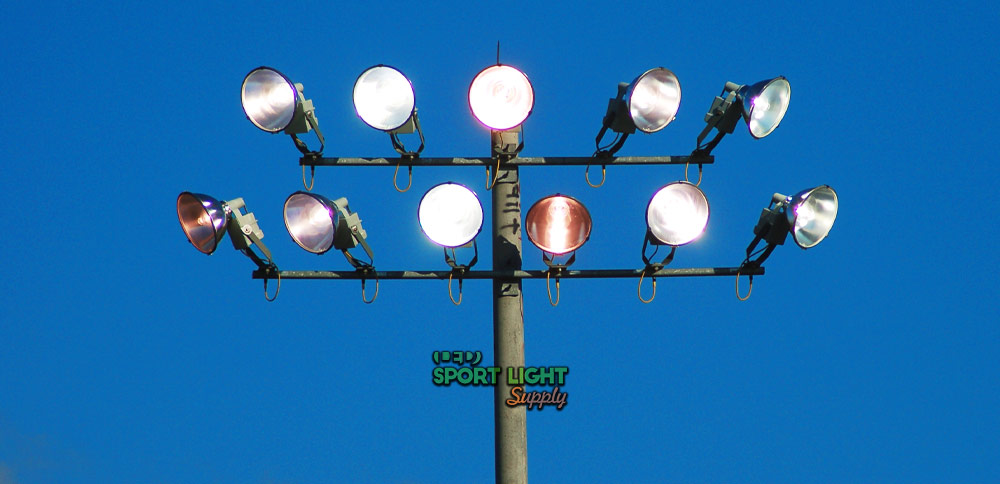
Considerations for MH Bulb Base Conversion
In some cases, the LED lights you select may not have the same bulb base as your existing MH lights. This can be resolved by using a socket adapter or opting for an LED retrofit kit. These solutions allow you to use the existing lamp holder, making the conversion process more straightforward.
An LED retrofit kit includes a compatible screw base and a driver that connects the replacement LED light to the existing wiring. This option is particularly useful when direct replacements are unavailable or when you want to minimize modifications to your lighting system.
Power Consumption After LED Conversion
One of the significant benefits of converting to LED is the reduction in power consumption. For example, replacing a 1500W metal halide with a 750W LED fixture can cut energy use by 50%. This decrease in power usage translates to lower electricity costs and increased energy efficiency.
Moreover, metal halide lamps require a warm-up period to reach full brightness, during which they consume additional power. LEDs, on the other hand, provide instant illumination at full brightness, further enhancing their efficiency and making them a more cost-effective lighting solution.
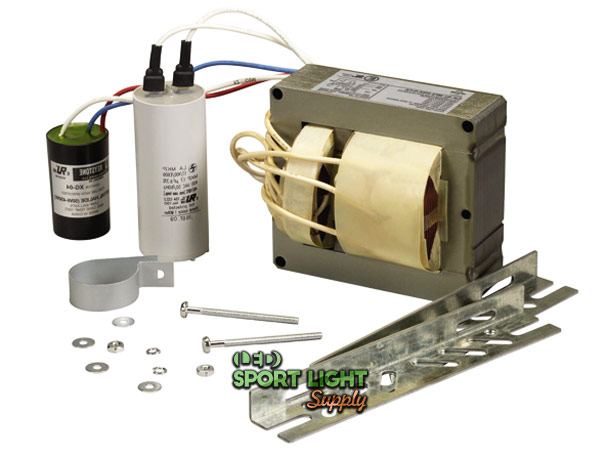
Do I Need to Remove the 1500-Watt Metal Halide Ballast?
When replacing 1500-watt metal halide lights with LED fixtures, it is essential to remove the ballast and starter, regardless of whether you are using a retrofit or an adapter. Removing the ballast allows you to connect the LED replacement directly to the standard power grid, ensuring proper operation and longevity of the LED lights.
Eliminating the ballast also provides additional space within the fixture housing, making it easier to install the LED retrofit and its driver. The retrofit kit typically includes a manual or wiring guide to assist with installation, ensuring that everything is set up correctly.
Moreover, removing the ballast is an important step not only for the installation process but also for environmental responsibility. The ballast should be disposed of properly and recycled according to local regulations.
Basic Procedure for Ballast Removal
To begin the process, disconnect the power to the metal halide fixture to ensure safety. Once the power is off, remove the existing metal halide bulb from the fixture. Next, cut the wires connected to the ballast, ensuring that you leave enough wire to connect to the driver or LED replacement. This step is crucial for the rewiring process, which will follow according to the instructions provided with the LED retrofit kit.
With the ballast removed, you can proceed to install the LED retrofit, following the rewiring instructions carefully. After completing the installation, reconnect the power supply to the fixture, and your new LED lighting system should be ready to use.
Applications of 1500W Metal Halide LED Replacements
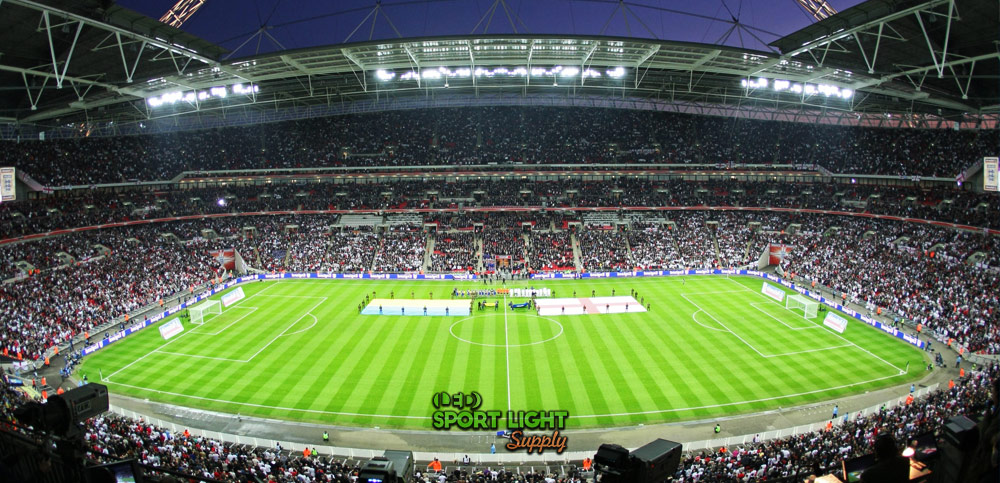
Stadium Lighting with 1500-Watt LED
Modern stadiums for soccer, baseball, and other sports are increasingly adopting 1500-watt LED floodlights and spotlights to enhance overall illumination. LED lights provide brighter and more reliable lighting systems compared to traditional 1500-watt metal halide (MH) lights. Unlike metal halide lights, which require a cool-down period before they can be used again, LED lights can be turned on and off as needed without any delay. Additionally, LED lights generate less heat, thanks to their integrated heat sinks, allowing for more focused and efficient lighting across the entire stadium.
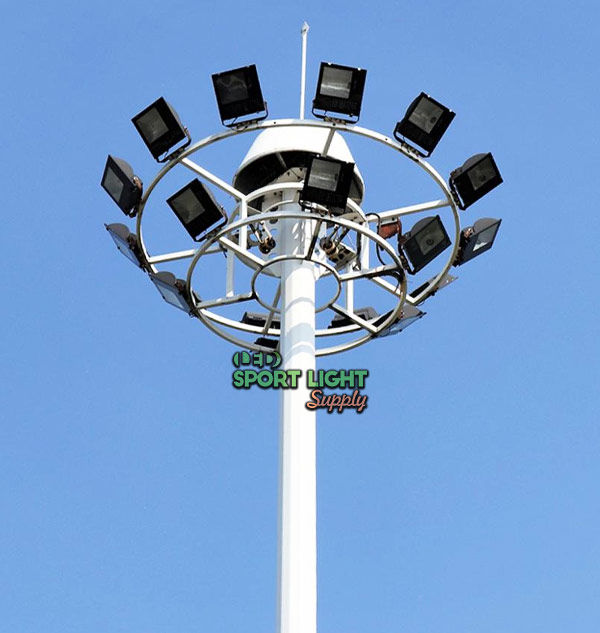
High Mast Lighting
High mast lighting is ideal for large sports fields, including football fields, tennis courts, volleyball courts, and golf courses. Typically, these setups involve a single light pole with a ring or round lamp panel providing general sports lighting for both the playing area and the stands. The challenge with metal halide lights is the frequent maintenance required for multiple light poles, which can be cumbersome and costly. Switching to LED replacements is a more serviceable option as they last longer and require less maintenance, making them more efficient and cost-effective.
1500W MH Equivalent High Bay Lighting
In indoor environments, especially where lights are used continuously, metal halide lamps can be extremely expensive to operate. For instance, MH growing lights, which may need to be on for up to 18 hours a day, can result in high energy costs, particularly for small crop growers. Similarly, gymnasiums or indoor sports facilities with numerous 1500-watt metal halide fixtures can see significant increases in their electricity bills. By switching to LED high bay lights, energy consumption can be reduced by half, leading to substantial cost savings while maintaining the same level of illumination.
Parking Lot Lighting
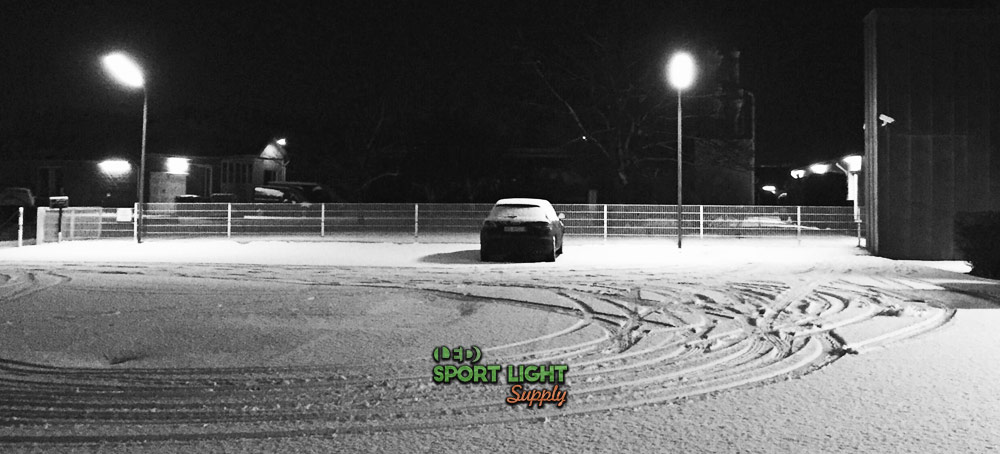
Large parking areas, whether for employees or customers, require a reliable lighting system to ensure safety, security, and a positive reputation. Poor lighting in parking lots can lead to accidents, such as tripping or falling due to unseen potholes, which could result in liability claims. Additionally, inadequate lighting can compromise the effectiveness of security cameras and deter potential customers or clients from using the parking area. Replacing 1500-watt metal halide lamps with LED lights can address these issues by providing more efficient and longer-lasting illumination, enhancing both safety and the overall appearance of the parking lot.
Airport and Seaport Lighting
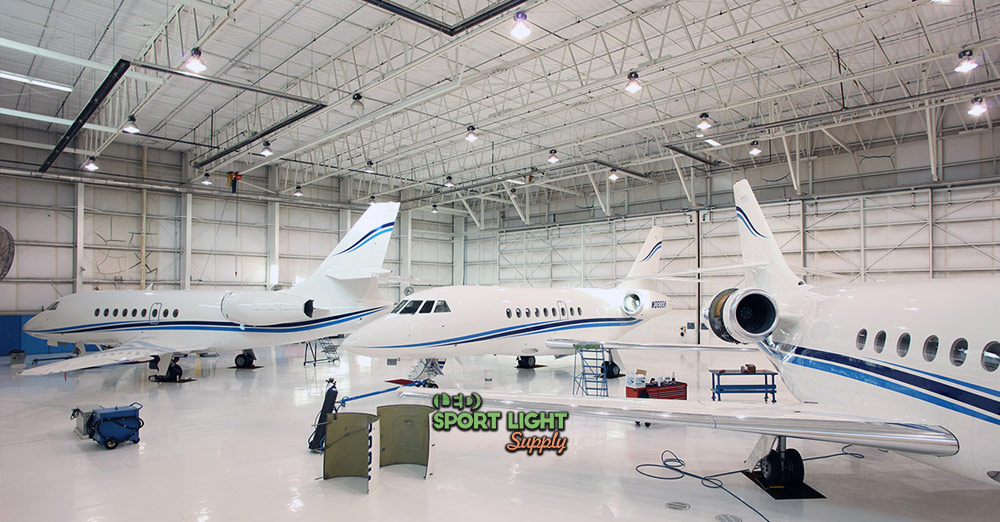
Airports and seaports are sensitive areas where excessive artificial lighting can cause light pollution, leading to a night glow that can create problems for drivers and other personnel in the vicinity. A 1500-watt metal halide light is particularly prone to causing such light pollution. In contrast, LED lights offer a solution by not overheating and allowing for the use of shielding and other accessories to direct the beam angle precisely as needed. This helps to minimize light pollution and improve the overall safety and functionality of the lighting system in these critical areas.
Pros and Cons of Replacing 1500-Watt Metal Halide with LED Lights
Saving Running Costs
One of the most significant advantages of replacing 1500-watt metal halide (MH) lights with LED lights is the substantial savings in running costs. LED technology has gained popularity due to its high efficiency and aesthetic appeal. An LED bulb not only consumes less energy but also has a much longer lifespan compared to traditional MH bulbs. This results in a reduction in energy consumption and, consequently, lower electricity bills. Additionally, LED lights offer the flexibility to create specific lighting atmospheres, whether bright and focused or soft and diffused. The integration of cost-effective watt conversion and remote-control solutions further enhances the ability to manage and reduce operational costs, making LED lighting a smart investment.
Longer Lifespan of LED Lights
Metal halide lamps, particularly those with a power rating of 1500 watts, are susceptible to failures and malfunctions, especially when used continuously. Overheating is a common issue, which significantly reduces the lifespan of MH lamps. Moreover, the ballast used in MH systems can malfunction, leading to overwattage operation, further shortening the lamp’s life. In contrast, LED lights are designed with superior components and more efficient semiconductors, giving them a lifespan that is about four times longer than that of a metal halide bulb. While the initial cost of LED lights is higher than that of metal halide lamps, the longevity of LEDs—often exceeding 150,000 hours—makes them a more cost-effective and reliable lighting solution in the long run.
Immediate Full Light Output with No Warm-Up Time
A significant drawback of metal halide lamps is the warm-up time required before they reach full brightness. Once turned on, a 1500-watt MH lamp needs approximately 15 minutes to cool down if it has been running for several hours. After cooling down, it requires an additional 3 to 10 minutes to warm up and achieve its peak performance again. In contrast, LED lights do not require any warm-up time. They provide instant full light output the moment they are switched on, offering immediate illumination without any delay. This characteristic makes LED lights particularly advantageous in situations where lighting needs to be turned on and off frequently.
Smart Lighting Control Capabilities
Another notable advantage of LED lights is their compatibility with smart lighting control systems. LED lights can be integrated with modern control technologies that allow users to adjust various aspects of the lighting, such as brightness, color, color temperature, and individual light points. They can also be connected to sensors for automated control based on occupancy, daylight levels, or other environmental factors. These features can be conveniently managed via smartphone apps, providing users with unprecedented control over their lighting systems. On the other hand, metal halide lights do not offer such flexibility. While traditional light control systems like DMX or DALI can be used with LEDs, they may require professional installation and wiring to function properly.
| Pros of Replacing with LED | Cons of Replacing with LED |
|---|---|
| Significant reduction in running costs due to lower energy consumption | Higher initial cost compared to metal halide lamps |
| Longer lifespan, reducing the frequency and cost of replacements | May require professional installation for advanced control systems |
| Instant full light output with no warm-up time | |
| Compatibility with smart lighting controls, offering greater flexibility |
Conclusion
Switching from 1500-watt metal halide lights to LED provides numerous benefits, including significant energy savings, longer lifespan, and enhanced control options. While the initial investment may be higher, the long-term advantages make LED lighting a more cost-effective and efficient solution. By eliminating warm-up times and offering smart lighting controls, LED replacements not only improve functionality but also contribute to a more sustainable and reliable lighting system.
